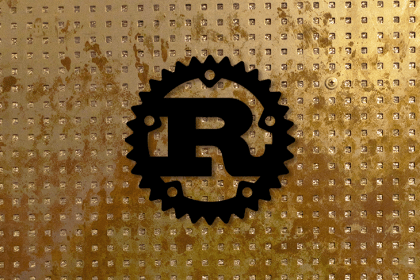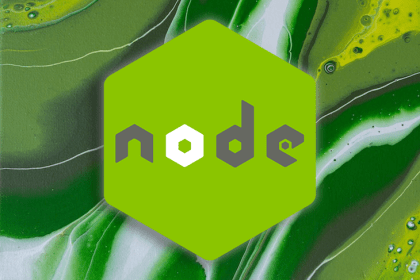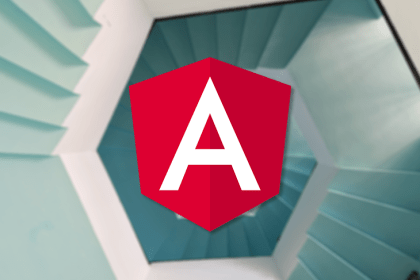
Learn how to integrate Google’s Firebase Authentication services into a NestJS app with this tutorial and example build.

renaturerenature is a physics-based animation library for React inspired by the natural world. We cover its core API and share several demos.

I’ve finally switched to urql, and it really does make a great alternative to Apollo Client. If you’re curious why, read more here.

An introduction to using TypeScript in React Native apps, including a tutorial and example build for a mobile app

Understand what PropTypes and TypeScript are, consider their relevance in React applications, and discover how they can be used together.

Transposing other language paradigms to Rust often reveals unforeseen issues. Learn about the limitations of Rust and how to work around them.

Microsoft’s focus on open source has opened the door to cross-platform development. Learn how to launch an SQL Server database inside a Docker container.

Learn how to filter a Django QuerySet dynamically using AJAX, and build list pages for your web apps that allow filtering and pagination

Learn how to build a responsive CLI in Node.js by following this simple tutorial for checking sports news.

Discover five essential React DevTools features that you might not have tried yet or didn’t even know existed.

Ease testing, overriding, and altering of services using dependency injection in Angular, a design pattern for requesting dependencies.

Learn why Go has been surging in popularity recently, and why it’s worth a look from frontend devs looking to go full-stack.